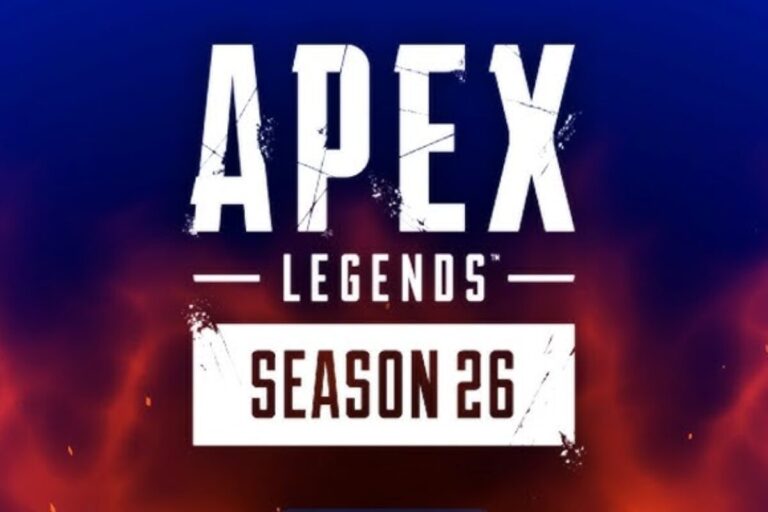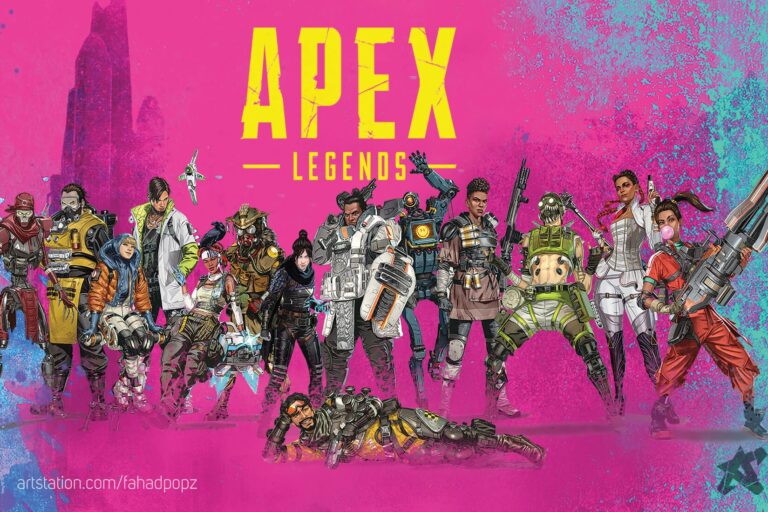
Apex Legends Match Predictions : In competitive Apex Legends, predicting the outcome of a match isn’t a guessing game—it’s a calculated process rooted in analysis and understanding. Esports analysts, commentators, and even dedicated fans have developed frameworks to evaluate potential results based on factors like team chemistry, rotation timing, and weapon meta. Whether it’s before a major ALGS LAN event or during the Pro League group stage, accurate predictions rely on observing trends that often go unnoticed. In a game where positioning and split-second decisions can flip the leaderboard, every small detail contributes to the bigger picture of forecasting who comes out on top.
Quick Look
Breaking Down the Key Elements of Prediction
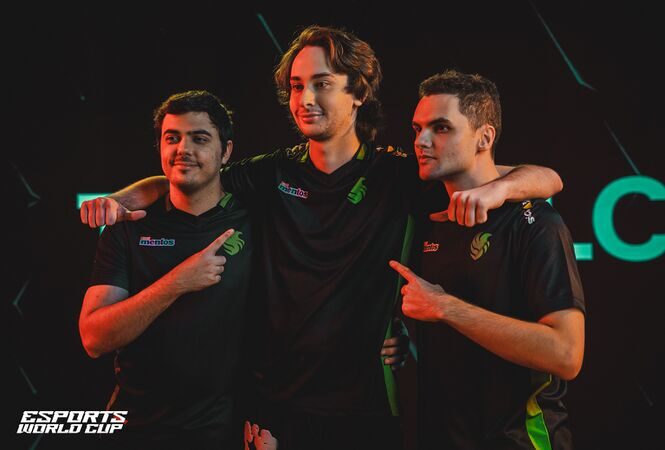
To understand how Apex predictions are made, we need to look at the fundamental components analysts examine. These include:
- Recent performance consistency: Teams like Alliance and Team Falcons tend to perform steadily across lobbies, which influences their odds of winning.
- Legend composition and meta awareness: The use of defensive setups (like Wattson or Catalyst) can indicate whether a team plays for placement points or kill-heavy aggression.
- Rotation and macro strategy: Squads that rotate early and control high ground zones—such as VK Gaming or Gen.G Esports—are usually rated higher in predictive models.
These details are collected from match replays, heatmaps, and scrim data. Analysts can often forecast how a team will behave in a specific zone, especially on maps like Storm Point or World’s Edge, where drop locations play a huge role in determining engagement patterns.
The Role of Statistics and Predictive Tools – Apex Legends Match Predictions
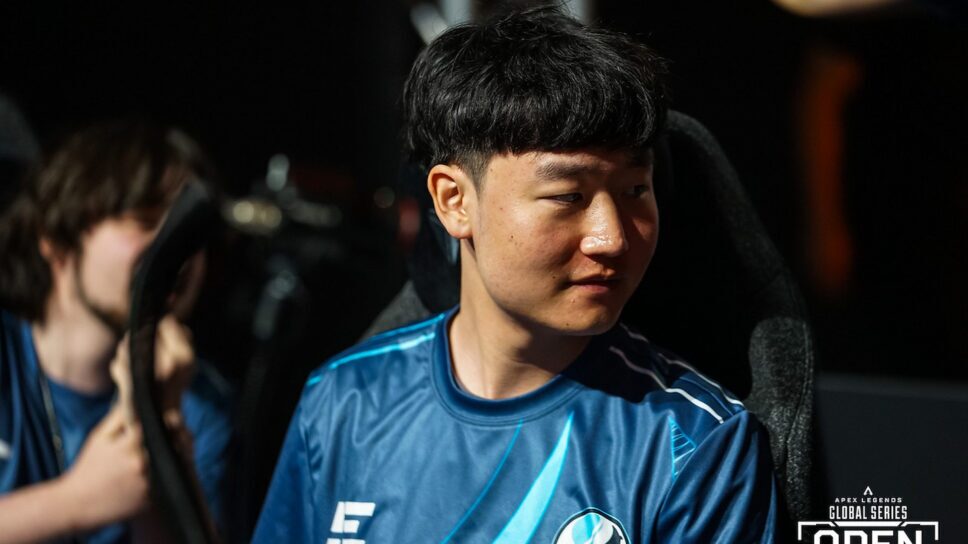
The competitive scene has grown increasingly data-driven, and Apex Legends is no exception. Prediction platforms and esports analysts rely on statistical modeling to estimate match outcomes. They may use placement averages, kill-to-death ratios, or even ring prediction algorithms to assess potential winners. For instance, during the ALGS Year 5 Split 1 Playoffs, ROC Esports had an impressive top-five finish rate of over 55%, making them a statistical favorite until VK Gaming outperformed them under pressure.
Some data scientists within the community even use machine learning to simulate hundreds of match outcomes based on team performance metrics. By incorporating map-specific data and weapon usage trends, they produce insights that help viewers understand why certain teams are more favored than others in upcoming series.
Case Examples from the ALGS Circuit – Apex Legends Match Predictions
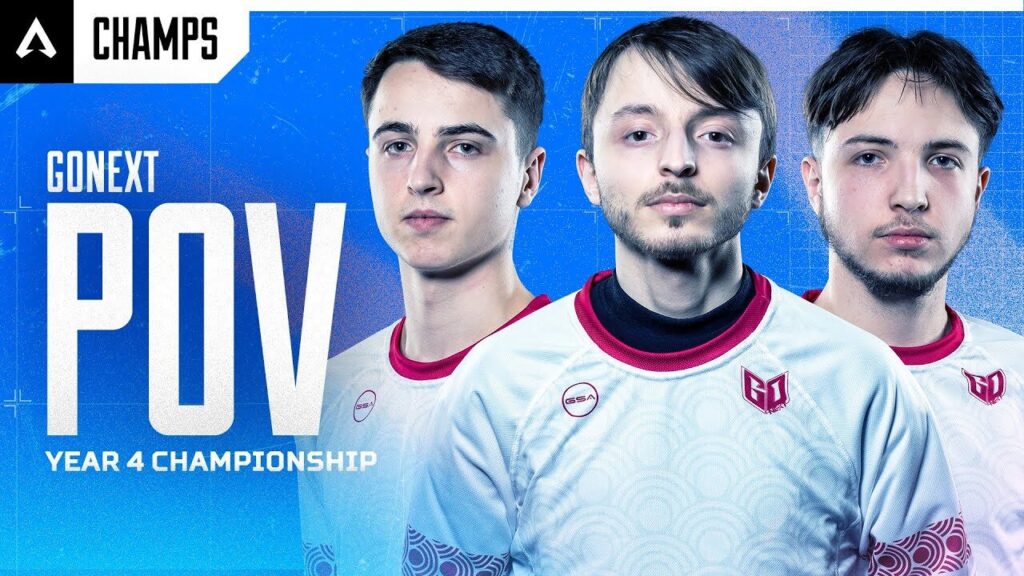
To visualize how predictions play out, it helps to look at recent tournaments. In the ALGS 2025 Open, Team Falcons entered as a top favorite due to their consistent scrim results and strong mid-game fights. Their victory validated many analytical forecasts that emphasized their adaptability and composure under chaotic end zones. However, in contrast, underdog teams like GoNext in the Pro League often upset predictions with bold rotations and surprise clutch performances, showing that data doesn’t always capture the unpredictability of human instinct.
Similarly, during the Midseason Playoffs, teams like Gen.G Esports and Ninjas in Pyjamas were statistically solid picks due to their rotation control and high survival rate, proving how deep analysis can align with real-world results when players execute according to pattern expectations.
How Fans Engage with Prediction Culture

Match predictions are not just for professionals—they’ve become part of Apex’s esports culture. Fans and casual viewers alike engage in discussions across Reddit and X (formerly Twitter), debating which squads are “due for a pop-off.” Community spreadsheets and Discord servers host prediction leagues where users guess who will win match days or LAN finals. Some players even base fantasy esports drafts on analytical models from previous results.
For example, before the EMEA Pro League A vs C series, community polls heavily favored Alliance based on their point dominance from earlier matches. This collective fan engagement adds excitement to the scene, turning each prediction into a shared experience that enhances the overall storytelling of the ALGS.
Conclusion – Reading Between the Stats
In the end, Apex Legends match predictions combine data-driven insights with an appreciation for unpredictability. While numbers, trends, and analytics form the foundation, the unpredictable nature of a battle royale ensures that upsets remain part of the thrill. A perfect prediction model may never exist—but that’s precisely what makes Apex so captivating. Every match offers a fresh puzzle for analysts and fans to solve, blending logic with instinct to forecast the chaos that defines competitive Apex Legends.

